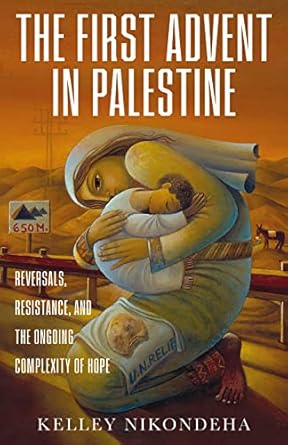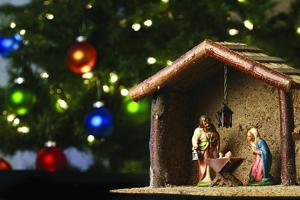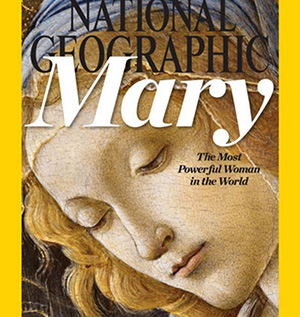Commentary is by Daniella Zsupan-Jerome, director of ministerial formation at Saint John’s University School of Theology and Seminary.
Henry Ossawa Tanner’s realist depiction of the Visitation invites us around Elizabeth’s table at her house, at the moment when Mary arrives and greets her. The setting is spare, except for the table, which is covered in a white cloth and has bread, wine, and an ample bowl of fruit awaiting consumption.
Mary is just entering the house. Her face is kind and joyful, her bodily presence already humming the Magnificat before she utters the words that will come to sing her praise to the Lord. She is a familiar Mary, a relative to us all, and her warm presence recalls the homecomings and joyful arrivals of loved ones that we experience, especially around the holidays.
Elizabeth’s expression welcoming Mary is complex. In light of Tanner’s realist style, we would expect her rising from the table, moving toward Mary in anticipation of a warm embrace—and that is sure to come. But Tanner catches Elizabeth here in a moment of awe instead. If Mary’s body sings the Magnificat, Elizabeth embodies her words of awe and wonder: “How does this happen that the mother of my Lord should come to me?” Her upheld hands are in a position of prayer honoring the presence of God in their midst, in her home, around her table. Elizabeth’s expression is one of serene reverence, a total response to the divine presence she senses in the core of her being, confirmed by the stirring of the child in her womb. “Blessed are you, Mary”—this Elizabeth knows, utters, and prays.
The meeting between Mary and Elizabeth teaches us about the holy. Tanner shows us that we encounter the holy in the everyday moments of our lives—an arrival, a homecoming, a table set for a meal. But Elizabeth’s expression reminds us that while we find holiness in this world, it is not of this world, that finding holiness is a glimpse of God’s magnificent otherness that beckons us to draw close, but also fills us with wonder and awe. May we find and welcome holiness in these last days of Advent as we await the light of Christ.


 Rediscovering the love of God this Christmas-
Rediscovering the love of God this Christmas-




